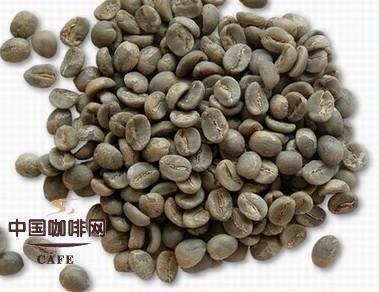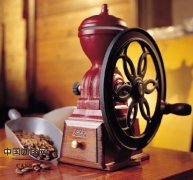Methods of processing raw coffee beans with coffee beans

Raw beans generally use washing and drying methods, both of which can produce high quality raw beans.
First, washing method: generally speaking, there will be more distinct acidity and more consistent flavor. In the process of washing, the pulp is immediately separated from the raw bean, rather than drying it. The steps are as follows:
1. Selection: put the fruit in the sink and let stand for about 24 hours. Mature and immature are classified by sinking and floating respectively because of the difference in density.
two。 Remove the pulp: the coffee fruit enters the pulp removal machine by water, the coffee beans and pulp are separated and spit out from two different outlets, and the pulp and skin floating on the surface are taken away by the water.
3. Fermentation: coffee beans are stored in a fermentation tank for about a day to ferment and peel off the remaining pulp, which, by the way, dissolves the slime on the surface of the coffee beans.
4. Washing: fully wash in the washing field.
5. Drying: dry for several days, when the sun can be delayed for a few days even if it is rainy.
two。 Drying method: the acidity of coffee treated by drying method is low, and there are many changes in flavor.
1. Selection: use the same method as washing to separate ripe beans from immature beans.
2 drying: tile in the drying field for sun drying. It usually takes 1-2 weeks, and because it takes a long time, special attention must be paid to climate change. In addition, coffee beans must be raked regularly every day to prevent fermentation, and coffee beans can be dried evenly. The water content of dried secondary beans decreased to about 12%.
3. Shelling: the dried coffee beans are sent to the sheller to remove the shell.
With the exception of parts of Brazil and Ethiopia, the vast majority of Arabica species are treated by washing, while only some parts of Indonesia use water washing, and almost all others are treated by drying.
Important Notice :
前街咖啡 FrontStreet Coffee has moved to new addredd:
FrontStreet Coffee Address: 315,Donghua East Road,GuangZhou
Tel:020 38364473
- Prev

Knowledge of coffee bean grinding skills
Coffee beans, the dark brown beans seem ordinary, but they have a lot of knowledge at all stages. For a coffee cook and drinker like me, coffee beans are grown, produced and roasted. I think it is enough to have a general understanding of professional knowledge, and coffee merchants can be responsible for the production. After all, this is an era of paying attention to the division of labor. Feasible research
- Next

How to make coffee several kinds of coffee are often made and brewed.
First, Brazil (South America) Santos coffee: Santos taste mellow, neutral, can be directly boiled, or mixed with other kinds of coffee beans into a comprehensive coffee, is also a good choice. Second, Columbia (South America) MANDELING: the taste is rich and solid, with a pleasant sour taste. Mellow smell, moderate acidity, rich sweetness, very intriguing, suitable for deep baking
Related
- What is the meaning of lactic acid fermentation with coffee bean treatment?
- How to judge the state of foam by sound?
- How does the latte pull out the unicorn pattern? Come to get for a little trick to improve the flower pull!
- Will flower pulling affect the taste of the latte?
- Do you know the history of coffee?
- The difference between honey treatment and sun washing what is raisin honey treatment?
- What kind of milk can a novice use to make coffee foam to keep the foam longer? The correct method and skills of milking tutorial sharing
- Why do washed coffee beans taste sour? Flavor characteristics of washed Coffee
- Introduction to the skill of how to practice the size and height of water injection around the circle of hand-brewed coffee
- How do beginners practice coffee flower drawing from scratch?

